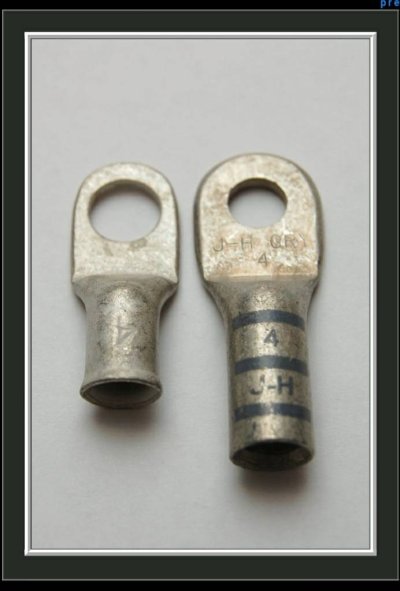Liambennett
Veteran Member
- Joined
- Apr 25, 2023
- Messages
- 39
Hi all,
just about to start the install of there battery starter wiring.
I have a 24V starter on a a Cummins VT555M.
I will have 2 optima blue top batteries in series.
the starter motor will be around 6 feet from the battery bank.
What size cable should I use ?
I can get 2B&S tinned cable or 00B&S plain copper.
Any Ideas ?
just about to start the install of there battery starter wiring.
I have a 24V starter on a a Cummins VT555M.
I will have 2 optima blue top batteries in series.
the starter motor will be around 6 feet from the battery bank.
What size cable should I use ?
I can get 2B&S tinned cable or 00B&S plain copper.
Any Ideas ?



